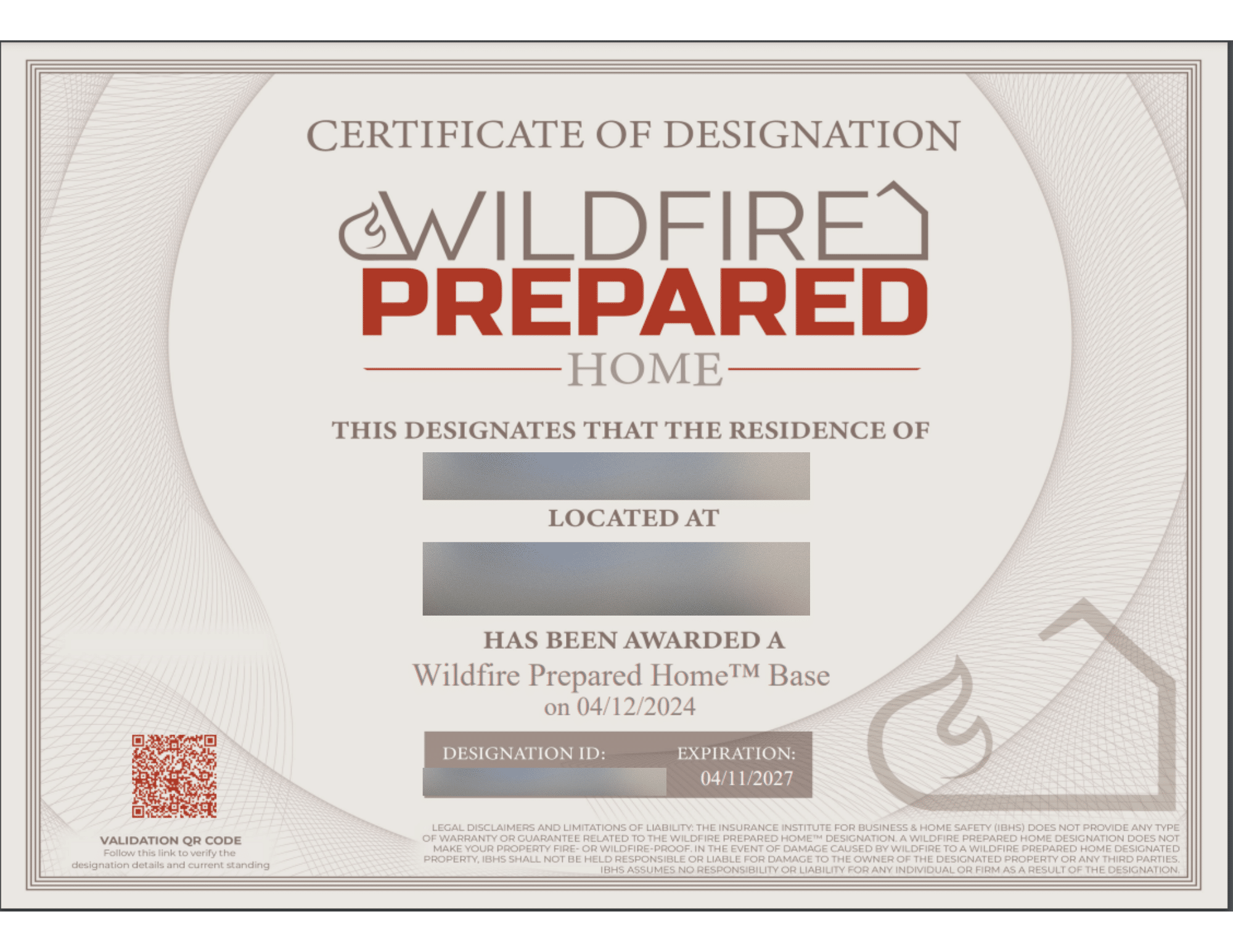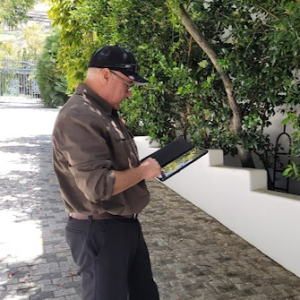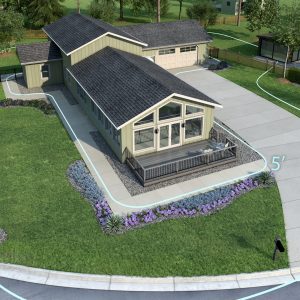I wanted to let you know that April Schwartz recently assisted me and my husband in March 2024 in submitting our application for the WPH certificate. When we initially contacted Allied, we were feeling stressed and confused because our homeowner’s insurance through Farmers was going to expire on 6/6 unless we obtained the WPH certificate. April was kind and patient as she explained the services your company provided. I recognized that Allied’s services along with April’s helpfulness and guidance would be worth the nominal cost in obtaining the certificate. April inspected our home March 20th, took pictures and explained what corrective measures needed to be taken. Her knowledge and experience as a firefighter was reassuring as she inspected our home. After we received our inspection report, we sprung into action to get the recommended work done. April was a lifesaver in reviewing our photos and providing her input prior to submitting our application and final photos to the IBHS. I let her know how concerned I was about receiving the WPH certificate in time to submit to Farmers before our policy expired. April took action and was able to expedite our application quickly. Our application was submitted on 5/20, reviewed on 5/23 and approved on 5/24/24. I submitted the WPH cert to Farmers on 5/24 and they renewed our policy on 5/30/24! We are so very grateful and appreciative that April helped us during this very stressful process. Her expertise, empathy, patience and kindness made all the difference in our endeavor. I think that April is huge asset as an employee to your company. I commend Allied Disaster Services in providing these invaluable services to assist homeowners like us during these uncertain, stressful times.
Taryn and David






![WildfirePrepared_logos[74384]-2 WildfirePrepared_logos[74384]-2](https://allieddisasterdefense.com/wp-content/uploads/elementor/thumbs/WildfirePrepared_logos74384-2-q194pjdk4718y42iacmhyakrq9gxadno3t4fwsuifk.png)